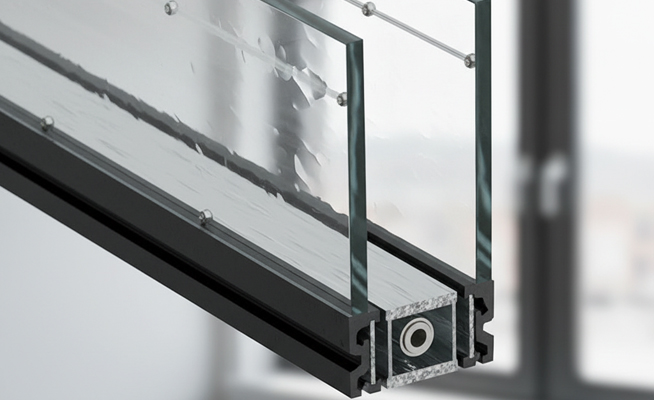Glass today is more than aesthetic, it’s a key material for sustainable, energy-efficient architecture. Among innovations, tempered vacuum insulated glass (TVIG) stands out for combining strength, clarity and superior insulation.
Efficiency revolution
TVIG merges tempered glass with a vacuum layer that nearly eliminates heat transfer. With U-values below 0.3 W/m²K, it achieves insulation levels once possible only with opaque materials, making it vital for net-zero and high-performance buildings.
Market outlook
According to Research Intelo, the global tempered vacuum insulated glass market was valued at USD 1.42 billion in 2024 and will reach USD 3.11 billion by 2033, growing at a CAGR of 9.1 percent. This reflects increasing demand for energy-efficient infrastructure, government incentives, and smart construction technologies.
Key growth drivers
- Green Buildings & Net-zero Homes: Rising sustainability goals are driving adoption. In commercial and industrial spaces, TVIG adds acoustic insulation, UV protection and security.
- Smart Architecture: Pairing with electrochromic and photovoltaic coatings enables responsive, energy-efficient facades.
- Technological Advances: Progress in vacuum sealing, thin-glass production and automation improves scalability and cost-effectiveness.
- Policy Support: Programs such as BREEAM and national energy acts promote uptake across developed and emerging economies.
Challenges
High upfront costs, inconsistent standards and low awareness hinder growth. However, manufacturers are countering these with cost optimisation, collaborations and local production.
Emerging applications
TVIG is expanding beyond buildings into refrigeration, transport glazing and solar systems, where low thermal conductivity boosts performance. As electrification and smart materials advance, architectural and functional glass are converging.
Regional highlights
- North America: Energy codes and sustainability incentives fuel adoption in commercial and residential sectors.
- Asia Pacific: Urbanisation in China, India and Japan supports large-scale smart infrastructure.
Outlook
From niche innovation to construction standard, TVIG is redefining energy-efficient design. It is set to anchor the next generation of climate-responsive, net-zero architecture.


